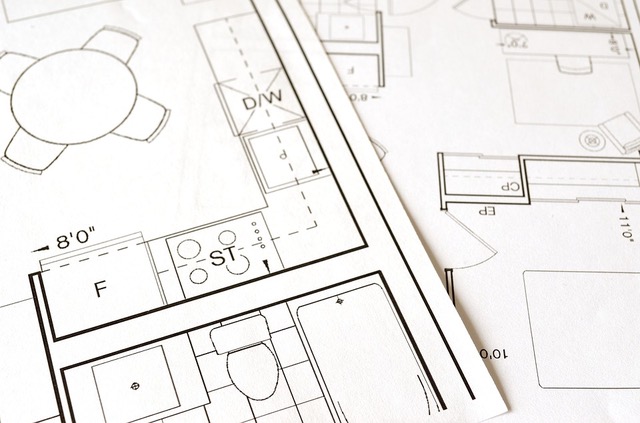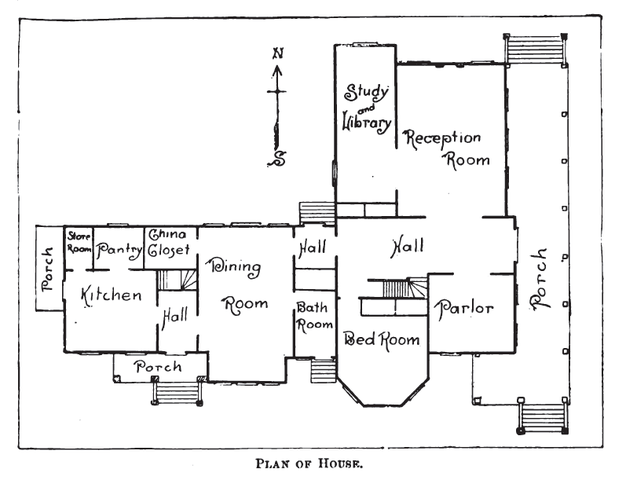ZONING & HOUSING COMMITTEE
Meetings are typically the second Monday of the month at the Linden Hills Park Building. Please check the council's calendar for the next upcoming meeting date and time.
If you are attending a meeting with a request for the committee, your request and related materials must be submitted to the committee Chair, Dave Truesdale, by the Wednesday prior to the meeting.
The Zoning & Housing Committee addresses all types of zoning and housing issues that affect the neighborhood including, but not limited to, construction, heritage preservation, teardowns, land use, city statutes, and ongoing concerns of neighbors living in both single and multiplex residences.

How to request a variance
You have submitted a zoning variance application to The City of Minneapolis Zoning and Planning Department, and you have been told to contact the Linden Hills Neighborhood Council (LHiNC) to discuss your variance.
1. Notify LHiNC of your project and confirm the date when you will present your project to the committee
Send an email to the Committee Chair, Dave Truesdale: dptruesdale@gmail.com, with the following information in the initial message:
- Contact information including name(s), phone number, and e-mail address(es)
- The property address requiring the variance
- A written narrative description of the project. Please include the existing property zoning classification.
- Detailed list of the issues that will require the rezone, variance or conditional use
- Explain the unique circumstances for which the variance is sought
- Your city planner’s name, email, and telephone number
- The LHiNC Zoning Committee meeting that you plan to attend
- Your subsequent Board of Adjustment hearing date
The committee chair will return your message and confirm your attendance at a future Zoning Committee meeting.
2. Prepare to present your request to the Zoning Committee
- Create a Good Faith Notification (GFN) to provide proof that your neighbors were notified of the meeting that you will attend. You can download our GFN template here.
- It is your responsibility to get the signatures of all adjacent property owners prior to attending the zoning meeting.
- Prepare drawings and documentation to support your variance request and send them electronically in .pdf format to Committee Chair, Dave Truesdale at least 5 calendar days prior to the meeting. Bring any other appropriate materials to the meeting expecting to present to the committee.
- The following documentation will help the committee review your project and make a recommendation to the city:
- A detailed site plan showing the existing and proposed development in context with the adjoining houses on the block or other structures. This item is critical.
- Preliminary building drawings including floor plans and elevations (bring half size or 11″ x 17″ to the meeting)
- Elevations and/or perspective drawings depicting the completed project and how it relates to the adjoining structures in height and bulk
- Photographs of the existing building and the adjoining structures
- Aerial photos of the site (Google map, for example)
3. Present your request to the Zoning Committee
- At the meeting you will have an opportunity to present your project, submit your Good Faith Notification Form and address the three variance criteria listed in the zoning code.
- The committee will vote to Oppose or Not Oppose the project.
- Your city planner will be notified of the results.
- The Board of Adjustment will make the final decision on your variance request. It may or may not conform with the neighborhood’s recommendation. The BOA does invite individuals supporting and opposing the variance request to submit written and/or verbal testimony.
Helpful information
What are the three criteria that I will need to speak to at the LHiNC Zoning Committee meeting?
- Practical difficulties exist in complying with the ordinance because of circumstances unique to the property. The unique circumstances were not created by persons presently having an interest in the property and are not based on economic considerations alone.
- The property owner or authorized applicant proposes to use the property in a reasonable manner that will be in keeping with the spirit and intent of the ordinance and the comprehensive plan.
- The proposed variance will not alter the essential character of the locality or be injurious to the use or enjoyment of other property in the vicinity. If granted, the proposed variance will not be detrimental to the health, safety, or welfare of the general public or of those utilizing the property or nearby properties.

Who decides to grant or deny a variance?
The Board of Adjustment, a board of residents appointed by the Mayor and City Council, votes to approve or deny your application after a public hearing. How does the board decide? At the public hearing, the Board hears from all interested parties – the applicant, supporters and/or opponents (if any), and City staff who submit a report which recommends approval or denial. The staff report and the Board’s decisions on variance requests are based on meeting all three findings. If one finding is not met, the variance is not approved. All three must be met.
How do I prove practical difficulties?
In your application, there is a section entitled, “Required Findings.” The three points in this section outline the basis City staff uses to determine if practical difficulties exist and how the variance will affect the surrounding community. You have the burden of proving that the variance is justified.
Zoning Resources
Have questions or interested in joining the Zoning Committee?
Please reach out!
